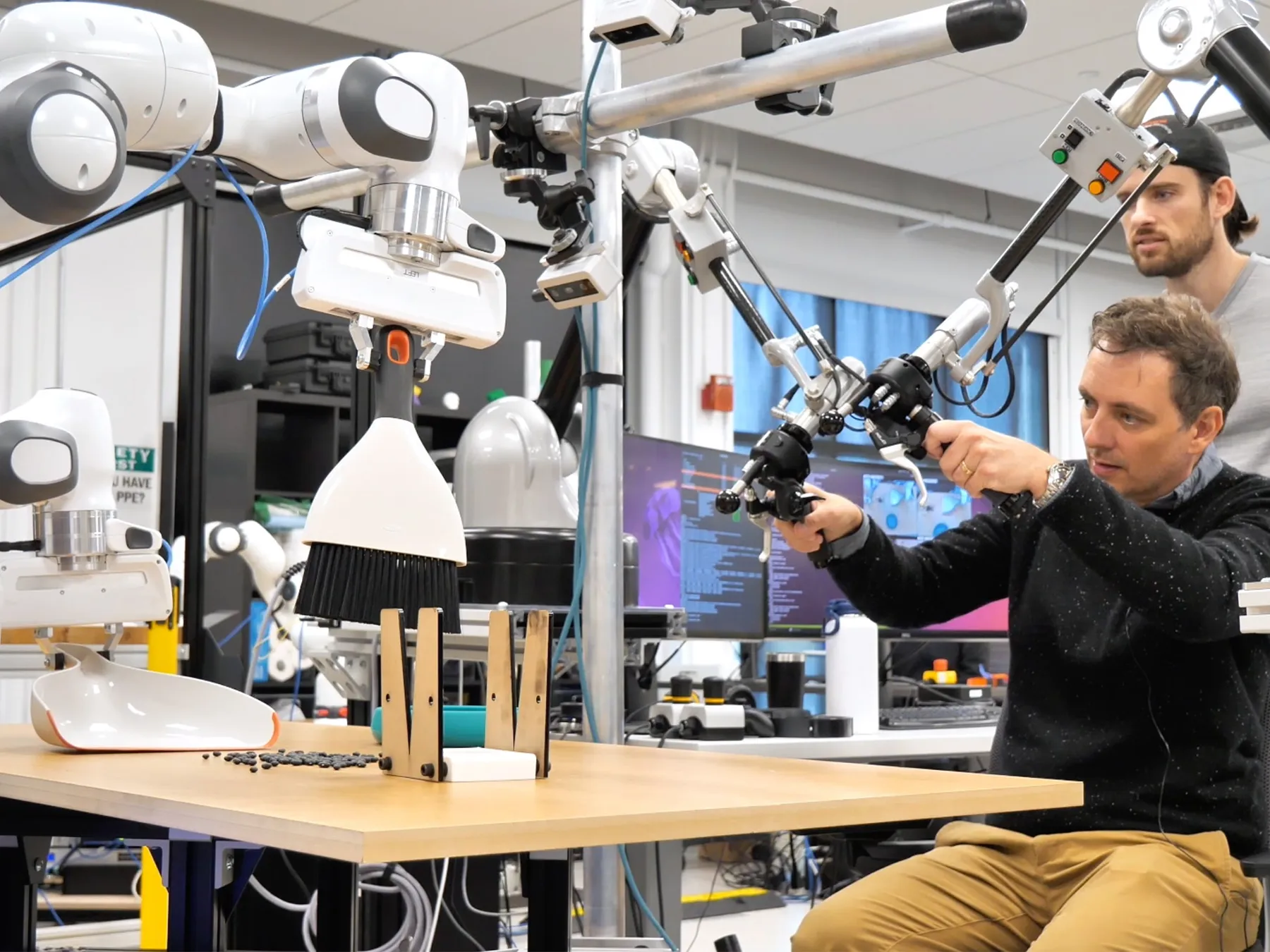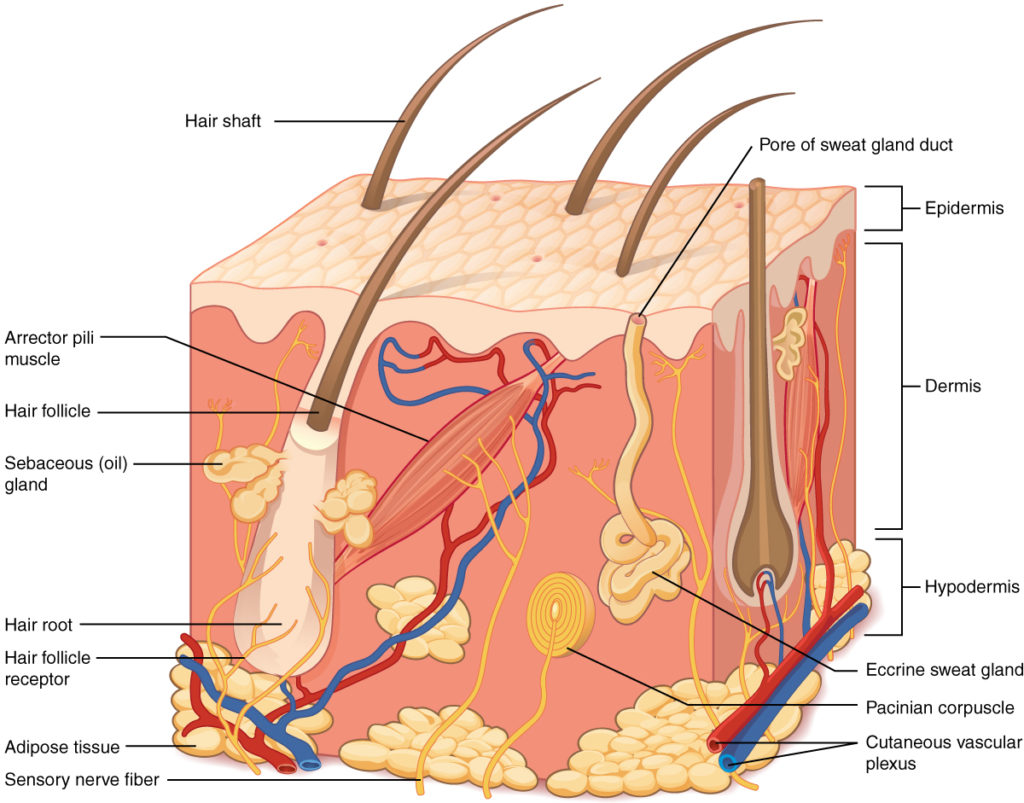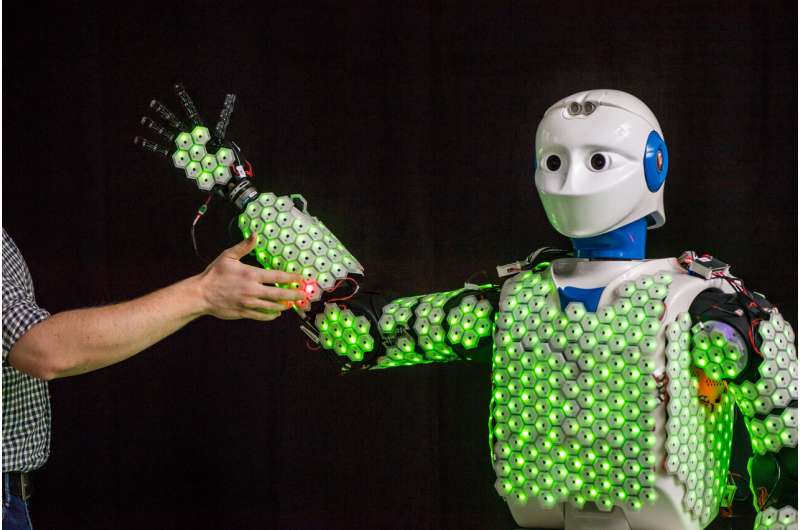
Analysts Warn of Potential Risks for Alphabet Amid Google Breakup Speculations, Despite Stock Gains
Latest News
Zaker Adham
17 August 2024
08 July 2024
|
Zaker Adham
Summary
Summary
Efforts to give robots a human-like appearance have been ongoing for years, but the introduction of actual living skin that can form eerie, lifelike expressions is a groundbreaking development.
This new research, detailed in the journal Cell Reports Physical Science, is purely experimental at this stage. It’s not something you’ll see on the face of your smart home assistant or vacuum anytime soon.

The researchers from the University of Tokyo and Harvard University aimed to see if living tissue could attach to a robot’s mechanical base as effectively as it does to human muscles and tissues. In humans, ligaments anchor the skin to underlying structures, and the team wanted to replicate this functionality with their "dermis equivalent."

Their creation? A moist, somewhat creepy living skin on a robot. While it may seem nightmarish, the goal wasn’t to create something aesthetically pleasing but to explore how living tissue could attach to and move with a robotic frame.

This experiment evokes images of the Terminator T-100 model, but it’s far from being a realistic human face. Instead, skin-covered robots could serve practical purposes, from medical applications to human interaction tasks.
Living skin has the advantage of being able to heal itself and carry biological sensors, offering a sensitive touch similar to human skin. However, for these benefits to be realized, the skin must remain viable and functional on the robotic structure, which is what this research aims to address.

The researchers' method demonstrates a way to attach and manipulate living tissue on robots, potentially paving the way for future advancements in biohybrid robotics.

Latest News
Zaker Adham
17 August 2024

Latest News
Zaker Adham
15 August 2024

Latest News
Zaker Adham
14 August 2024

Latest News
Zaker Adham
13 August 2024